Ethereum's Pectra Upgrade: A Comprehensive Analysis of Impacts for Developers, Validators, and Investors
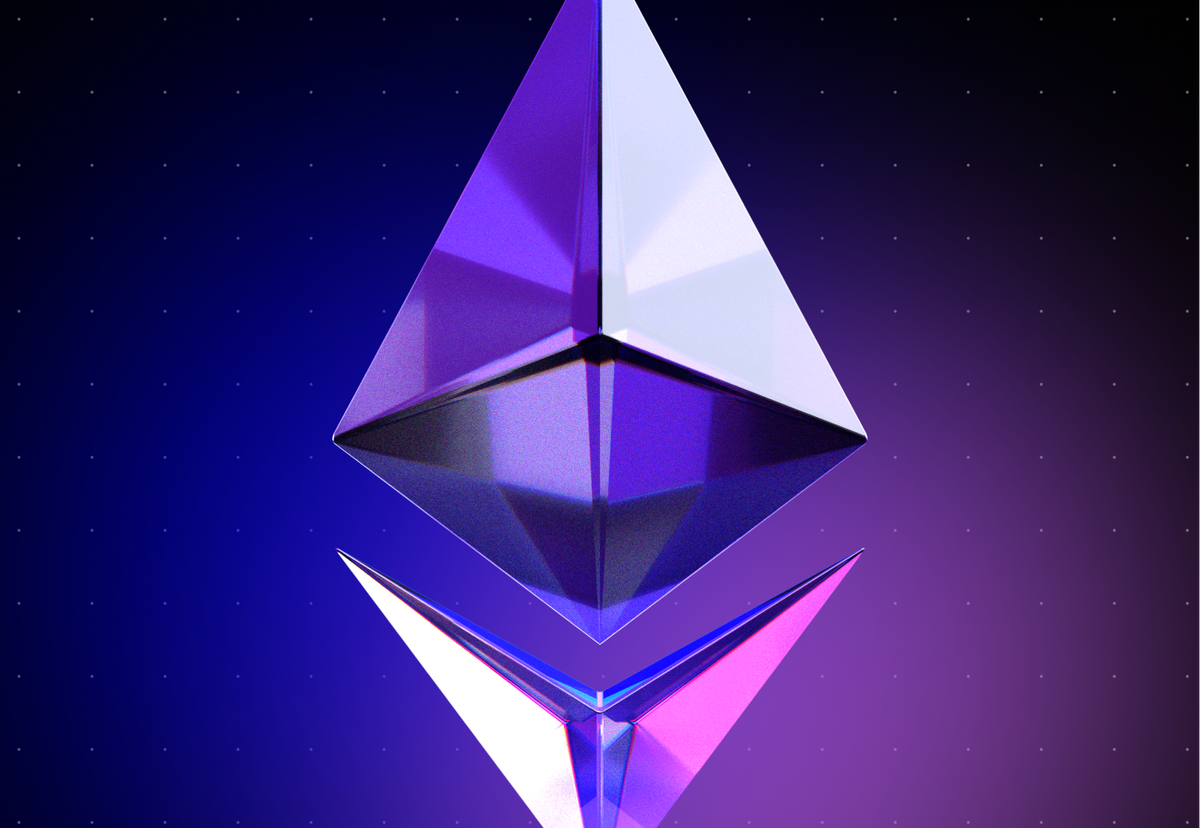
Ethereum, the second-largest blockchain by market capitalization, continues to evolve with its latest major protocol upgrade, Pectra, scheduled for mainnet activation on May 7, 2025. Combining the Prague (execution layer) and Electra (consensus layer) upgrades, Pectra introduces 11 Ethereum Improvement Proposals (EIPs) aimed at enhancing scalability, validator efficiency, user experience, and security. This upgrade builds on the successes of prior milestones like The Merge (2022) and Dencun (2024), positioning Ethereum to address competitive pressures from faster blockchains like Solana and Sui while reinforcing its dominance in decentralized applications (dApps) and Layer 2 (L2) ecosystems. Below is a detailed analysis of how Pectra impacts developers, validators, and investors, grounded in technical insights and market considerations.
Overview of the Pectra Upgrade
The Pectra upgrade is Ethereum’s most ambitious to date in terms of the number of EIPs included, marking a significant step toward full Danksharding and improved network efficiency. Key objectives include:
- Scalability: Doubling blob throughput to support L2 rollups and reduce transaction fees.
- Validator Flexibility: Increasing the maximum effective balance for validators from 32 ETH to 2,048 ETH and streamlining staking operations.
- User Experience: Introducing account abstraction to make wallets more programmable and user-friendly.
- Security and Efficiency: Optimizing consensus mechanisms and cross-layer communication between the execution layer (EL) and consensus layer (CL).
Pectra’s rollout faced challenges during testnet deployments on Sepolia and Holesky, with issues like deposit contract misconfigurations causing temporary disruptions. However, successful testing on the Hoodi testnet in March 2025 solidified the May 7 mainnet launch date.
Impacts on Developers
Developers are central to Ethereum’s ecosystem, building dApps, smart contracts, and L2 solutions. Pectra introduces several EIPs that enhance developer tools, reduce costs, and improve user interactions, but it also presents challenges that require preparation.Key EIPs Impacting Developers
- EIP-7702: Account Abstraction
- What It Does: Allows externally owned accounts (EOAs), such as standard Ethereum wallets, to temporarily function as smart contracts during transactions. This enables features like transaction batching, gas sponsorship, and paying fees with ERC-20 tokens (e.g., USDC) instead of ETH.
- Impact:
- Enhanced UX: Developers can build wallets with smart contract-like capabilities, such as automated transactions, multi-signature security, and wallet recovery tools, without requiring users to convert EOAs to smart contracts. This simplifies onboarding for non-technical users.
- New Use Cases: Gas sponsorship allows dApps to cover transaction fees, potentially making on-chain apps free for users. This could boost adoption of DeFi, gaming, and NFT platforms.
- Challenges: Developers must update wallet protocols to support EIP-7702 and ensure compatibility with ERC-4337 (a prior account abstraction standard). Outdated protocols risk security vulnerabilities if not updated.
- Action Required: Test EIP-7702 on testnets like Sepolia to ensure wallet compatibility. Leverage APIs from providers like Crypto APIs for real-time transaction monitoring and gas optimization.
- EIP-7691: Blob Throughput Increase
- What It Does: Doubles the number of blobs (temporary data storage units) per block from three to six, increasing data availability for L2 rollups.
- Impact:
- Lower L2 Fees: More blob capacity reduces congestion, enabling rollups like Optimism and Arbitrum to process transactions more cheaply, benefiting dApp users.
- Scalability: Supports the growing number of L2 solutions, crucial as Ethereum competes with high-throughput chains like Solana. However, the increase to six blobs may still fall short for the anticipated wave of rollups in 2025, prompting developers to explore alternatives like Celestia for data availability.
- Developer Opportunities: New tools for building cost-effective dApps, especially for data-intensive applications like gaming and DeFi.
- Action Required: Optimize rollup designs for higher blob throughput and monitor the upcoming Fulu-Osaka upgrade, which will further prioritize blob capacity.
- EIP-2537: BLS12-381 Precompile
- What It Does: Introduces a precompile for BLS12-381 curve operations, reducing the computational cost of cryptographic tasks like signature verification.
- Impact:
- Cost Efficiency: Lowers gas costs for cryptographic operations, benefiting zero-knowledge (ZK) rollups and dApps requiring secure signatures.
- Innovation: Enables developers to build more complex ZK-based applications, such as privacy-focused protocols or scalable ZK circuits for Casper Fast Finality Gadget (FFG) consensus.
- Action Required: Update smart contracts to leverage the new precompile and test performance improvements on testnets.
- EIP-7685: Cross-Layer Communication Framework
- What It Does: Creates a general-purpose framework for smart contracts to send requests to the consensus layer, enabling direct validator deposits (EIP-6110) and withdrawals (EIP-7002).
- Impact:
- Streamlined Operations: Simplifies interactions between the EL and CL, reducing friction for staking-related dApps (e.g., Lido, Rocket Pool).
- Decentralization: Enables fully smart contract-controlled validators, reducing reliance on off-chain services and enhancing security for staking protocols.
- Action Required: Update staking dApps to integrate with the new framework and ensure robust testing to prevent errors in cross-layer communication.
Challenges and Recommendations
- Testnet Issues: The Sepolia testnet faced a deposit contract bug, and Holesky experienced a chain split due to client misconfigurations. Developers must rigorously test applications against multiple EL clients (e.g., Geth, Nethermind, Besu) to avoid mainnet disruptions.
- Client Diversity: A June 2024 report highlighted risks from dominant client usage, which could destabilize the network if a bug emerges. Developers should diversify client implementations and leverage infrastructure providers like Blockdaemon for reliable node management.
- Preparation: Use tools like Crypto APIs for real-time monitoring and Blockdaemon’s RPC endpoints for testing. Participate in community workshops to stay updated on Pectra’s evolving specifications.
Impacts on Validators
Validators secure Ethereum’s proof-of-stake network by staking ETH and processing transactions. Pectra introduces significant changes to validator operations, offering greater flexibility and efficiency while introducing new considerations.Key EIPs Impacting Validators
- EIP-7251: Maximum Effective Balance Increase
- What It Does: Raises the maximum effective balance (MaxEB) for validators from 32 ETH to 2,048 ETH, allowing rewards to accrue on balances up to this cap. Validators can consolidate multiple nodes into a single one, and a new 0x02 withdrawal credential supports this change.
- Impact:
- Operational Efficiency: Large operators (e.g., staking pools, institutional stakers) can manage fewer validators, reducing infrastructure costs by up to 50%. Solo stakers benefit from compounding rewards on balances above 32 ETH, making staking more accessible.
- Network Health: Consolidation is expected to reduce the validator count (currently over 1 million), alleviating networking pressures. Simulations indicate severe issues at 1.4 million validators, making this EIP critical.
- Slashing Adjustments: The initial slashing penalty for 0x02 validators drops from 1/32 to 1/4,096 of the effective balance, significantly lowering financial risk.
- Challenges: Consolidation increases the stake at risk per validator, potentially amplifying losses if slashed. Validators must update to 0x02 credentials and monitor for bugs, as EIP-7251 faced specification issues during testing.
- Action Required: Decide whether to consolidate validators or maintain multiple nodes. Use professional infrastructure (e.g., Blockdaemon) to minimize slashing risks during the transition.
- EIP-7002: Execution Layer Withdrawals
- bAllows validators to trigger withdrawals and exits from the execution layer using withdrawal credentials (0x01 or 0x02), reducing reliance on active BLS keys, which are vulnerable as “hot” keys.
- Impact:
- Security: Withdrawal credentials can remain “cold,” enhancing staking security and reducing trust dependencies for stakers delegating to providers.
- Flexibility: Simplifies exit processes, especially for staking pools and exchanges like Lido, by enabling smart contract-controlled withdrawals.
- Action Required: Update validator setups to support EL-triggered withdrawals and ensure withdrawal credentials are secure.
- EIP-6110: On-Chain Deposit Processing
- What It Does: Moves validator deposit processing from the consensus layer to the execution layer, reducing activation time from ~13 hours to ~12 minutes.
- Impact:
- Faster Activation: New validators can start earning rewards sooner, improving capital efficiency.
- Simplified Operations: Eliminates deposit voting and Eth1Data polls, reducing complexity for validator nodes.
- Action Required: Update client software (e.g., Geth v1.15.3, Nethermind v1.31.1) to handle EL-based deposits.
- EIP-7549: Attestation Efficiency
- What It Does: Removes the committee index from attestation messages, reducing BLS signature requirements by a factor of 64 and allowing 8 slots of votes per block (up from 2).
- Impact:
- Reduced Network Load: Lowers bandwidth and processing overhead, enabling validators to operate more efficiently, especially on low-grade hardware or in regions with limited internet.
- ZK Benefits: Enhances performance for ZK circuits proving Casper FFG consensus, indirectly supporting validator operations.
- Action Required: Ensure client software supports the updated attestation format.
Challenges and Recommendations
- Centralization Risks: Raising staking limits may concentrate power among larger operators, increasing slashing risks and attracting regulatory scrutiny. Validators should adopt distributed validator technology to mitigate single points of failure.
- Testnet Lessons: The Holesky and Sepolia incidents underscore the importance of client updates and robust infrastructure. Validators must stay vigilant for configuration issues during the mainnet transition.
- Infrastructure Needs: Professional solutions like Blockdaemon’s validator keys and RPC endpoints can enhance uptime and performance, critical during network upgrades.
Impacts on Investors
Investors hold ETH as a store of value, for staking rewards, or to capitalize on price movements. Pectra’s technical improvements could drive long-term adoption and price appreciation, but short-term volatility and competitive pressures warrant caution.Key Impacts for Investors
- Scalability and L2 Integration
- Impact: The blob throughput increase (EIP-7691) enhances L2 scalability, reducing fees and making Ethereum more attractive for DeFi, gaming, and NFT applications. This could drive user activity and ETH demand, as L2s like Base, Optimism, and Arbitrum capture more revenue for the mainnet.
- Price Potential: Improved scalability addresses Ethereum’s competitive lag against faster chains like Solana, potentially boosting investor confidence. Historically, major upgrades like The Merge and Dencun generated market hype, and Pectra’s May 7 launch could act as a catalyst.
- Risks: If blob capacity remains insufficient for 2025’s rollup boom, some L2s may opt for alternatives like Celestia, reducing Ethereum’s data availability revenue. The PeerDAS upgrade in 2026 will be critical for long-term scalability.
- Staking Dynamics
- Impact: EIP-7251 and EIP-7002 make staking more flexible and secure, potentially attracting more ETH to be staked (currently ~28% of total supply). Higher validator rewards and lower slashing penalties could increase staking participation, reducing circulating supply and supporting price stability.
- Price Potential: Institutional investors, drawn by the ability to stake up to 2,048 ETH efficiently, may accumulate ETH, as noted by CryptoQuant analysts observing large-scale accumulation at undervalued price levels (MVRV ~1).
- Risks: Consolidation may lead to centralization, raising regulatory concerns that could impact investor sentiment. Slow adoption of distributed validator technology could also weaken network resilience.
- User Experience and Adoption
- Impact: EIP-7702’s account abstraction enables flexible gas payments (e.g., using USDC) and batched transactions, lowering costs and improving UX. This could drive mainstream adoption, increasing ETH’s utility and demand.
- Price Potential: Enhanced UX may attract new users to Ethereum-based dApps, reinforcing its position as the leading smart contract platform. Vitalik Buterin has emphasized the need for Ethereum to remain competitive to prevent users from migrating to other chains.
- Risks: Testnet issues have fueled bearish sentiment, with ETH dropping 3% in early March 2025 amid Holesky’s failure to finalize. Investors should monitor mainnet stability post-launch.
Market Context
- Price Performance: As of February 2025, ETH traded around $2,711, up 10% in a day, reflecting optimism about Pectra. However, ETH has underperformed compared to Solana and Sui, partly due to L2s capturing value from the mainnet. Pectra aims to address this by improving L2 integration.
- Market Sentiment: X posts suggest mixed sentiment. Some investors see Pectra as a “turning point” for ETH, citing smart wallet functionality and staking improvements, while others argue upgrades rarely drive sustained price gains without broader market catalysts.
- Historical Trends: Major upgrades like The Merge (2022) and Dencun (2024) initially sparked price rallies but were followed by corrections. Investors should expect volatility around the May 7 launch.
Investment Considerations
- Opportunities:
- Trade ETH on platforms like Bitrue or Coinbase, which are preparing for Pectra’s rollout.
- Stake ETH to earn rewards, leveraging Pectra’s improved validator efficiency. Platforms like ChainLabo offer non-custodial staking solutions.
- Monitor L2 tokens (e.g., OP, ARB) that may benefit from reduced fees and increased activity post-Pectra.
- Risks:
- Mainnet bugs could erode confidence, as seen in testnet incidents.
- Competitive pressures from high-throughput chains and L2 value capture could cap ETH’s upside.
- Regulatory scrutiny over centralization may impact staking pools and institutional participation.
Broader Implications for the Ethereum Ecosystem
Pectra is a critical step in Ethereum’s roadmap toward full Danksharding, stateless execution (via Verkle Trees), and PeerDAS, all planned for future upgrades like Fulu-Osaka (2026). By addressing immediate scalability, validator, and UX challenges, Pectra ensures Ethereum remains competitive in a crowded blockchain landscape. However, its success hinges on:
- Robust Testing: The Sepolia and Holesky incidents highlight the complexity of coordinating upgrades across diverse clients. Developers and validators must prioritize infrastructure quality.
- Community Engagement: Workshops, documentation, and tools from providers like Blockdaemon and Crypto APIs will be crucial for onboarding developers and validators.
- Market Dynamics: Ethereum must balance L2 integration with mainnet revenue to sustain ETH’s value accrual, as emphasized by Vitalik Buterin.
For investors, Pectra offers a potential catalyst but requires careful navigation of volatility and competitive risks. For developers and validators, it unlocks new tools and efficiencies but demands proactive adaptation to technical changes.
Conclusion
The Ethereum Pectra upgrade, set for May 7, 2025, marks a pivotal moment for the blockchain’s evolution. Developers gain powerful tools like account abstraction and cheaper cryptographic operations, enabling innovative dApps and better UX. Validators benefit from flexible staking, reduced penalties, and streamlined operations, though they must manage centralization risks. Investors face opportunities for price appreciation driven by scalability and adoption, tempered by volatility and competitive pressures. As Ethereum navigates these changes, Pectra lays the groundwork for a more scalable, secure, and user-friendly network, reinforcing its position as a cornerstone of Web3.
References

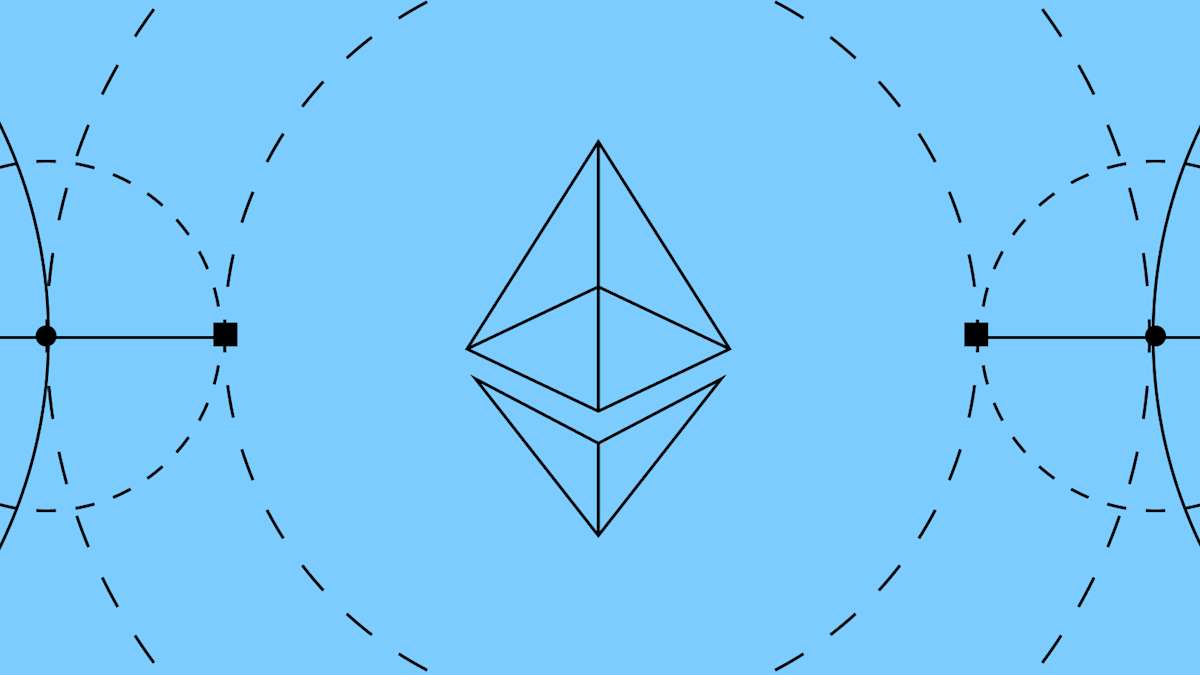
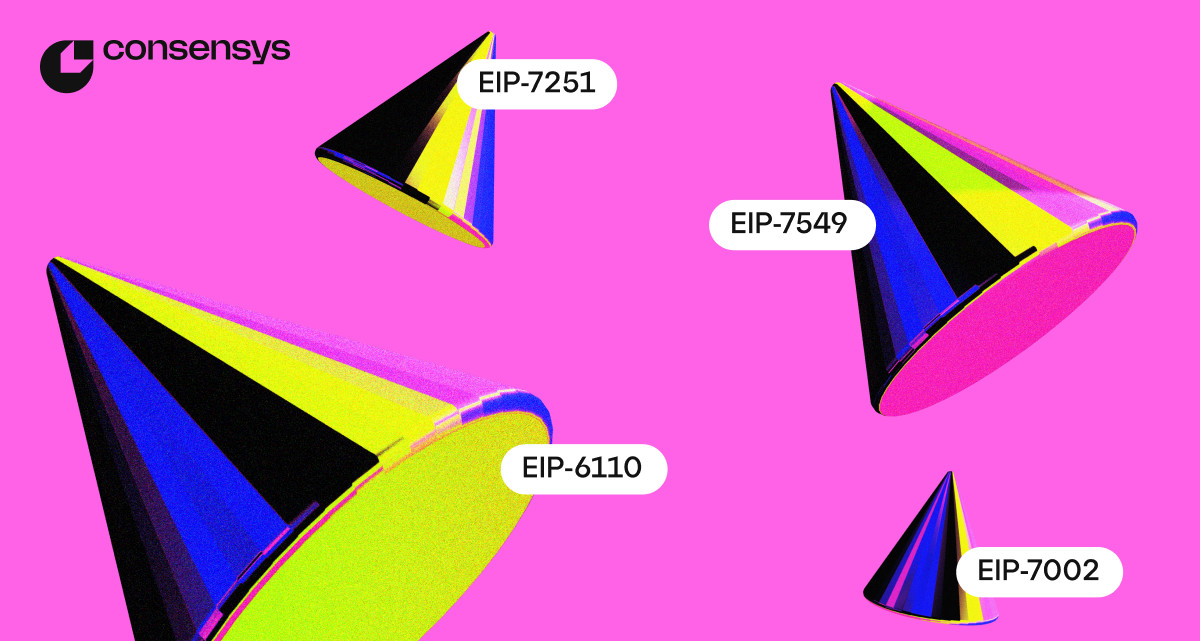
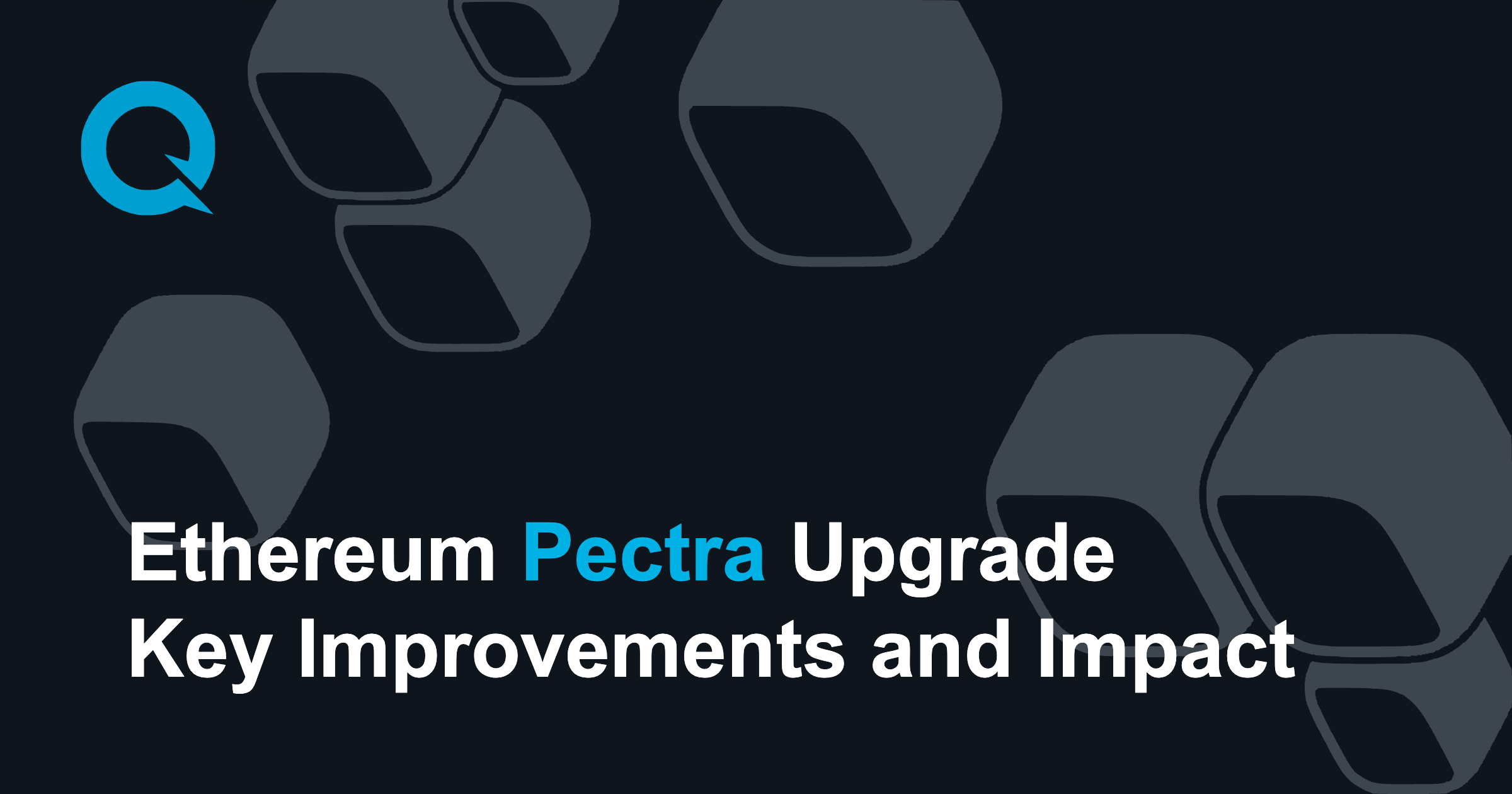

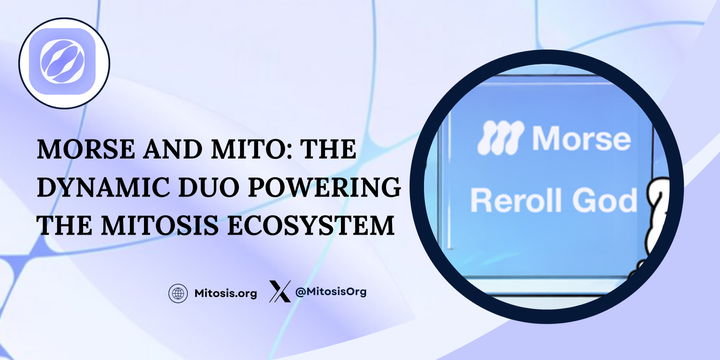
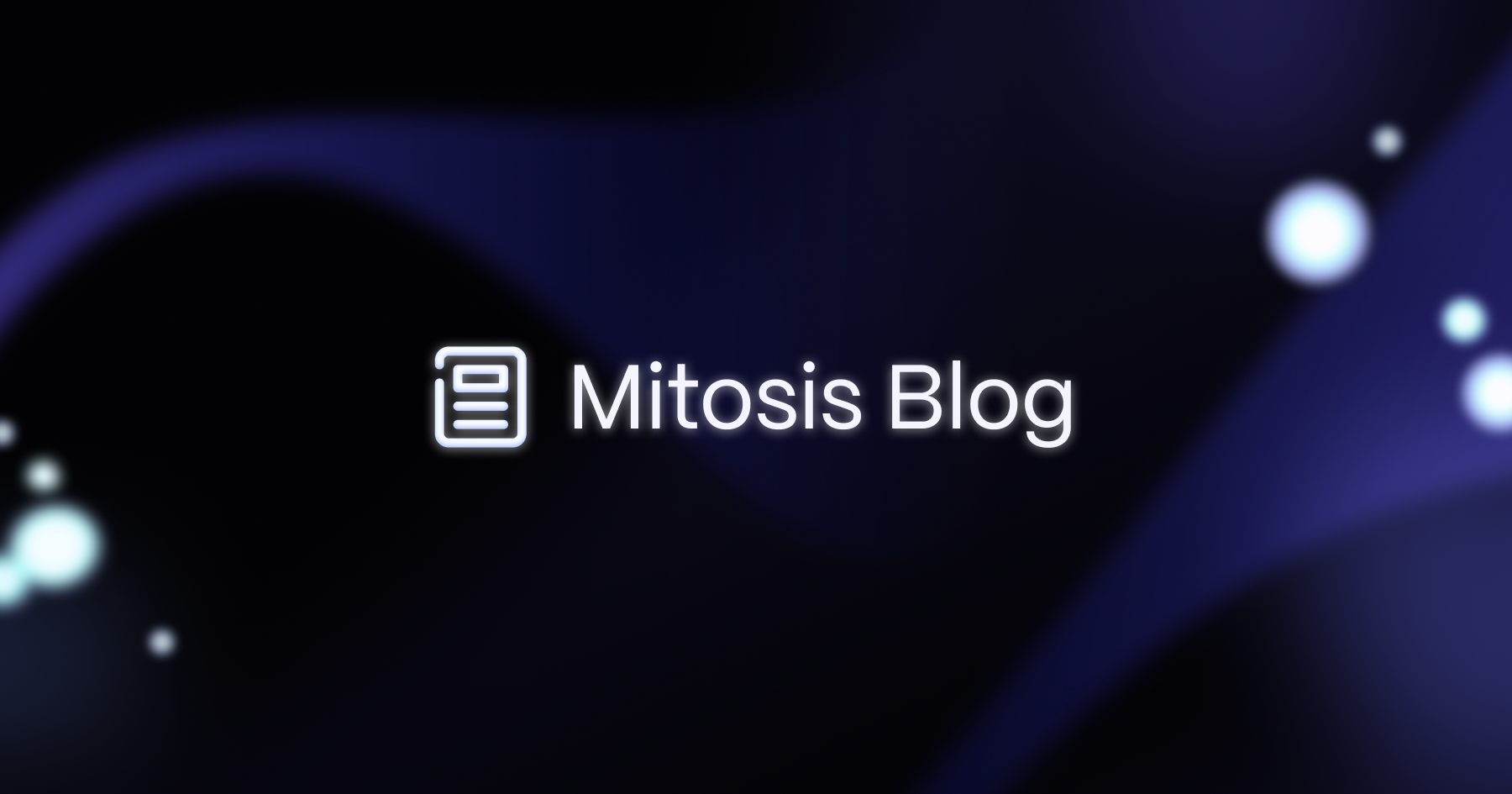









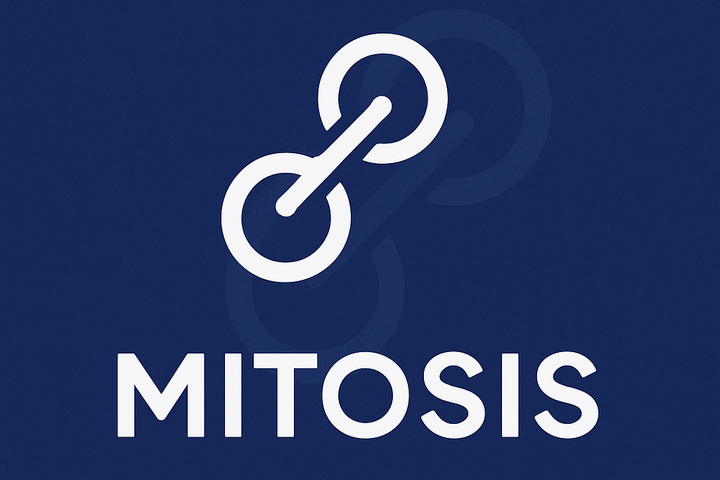
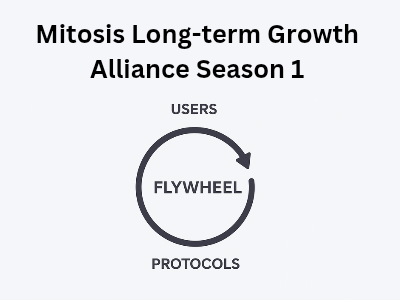
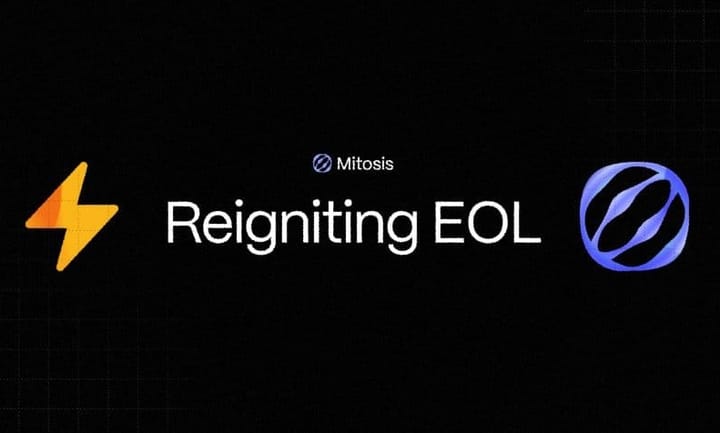
Comments ()